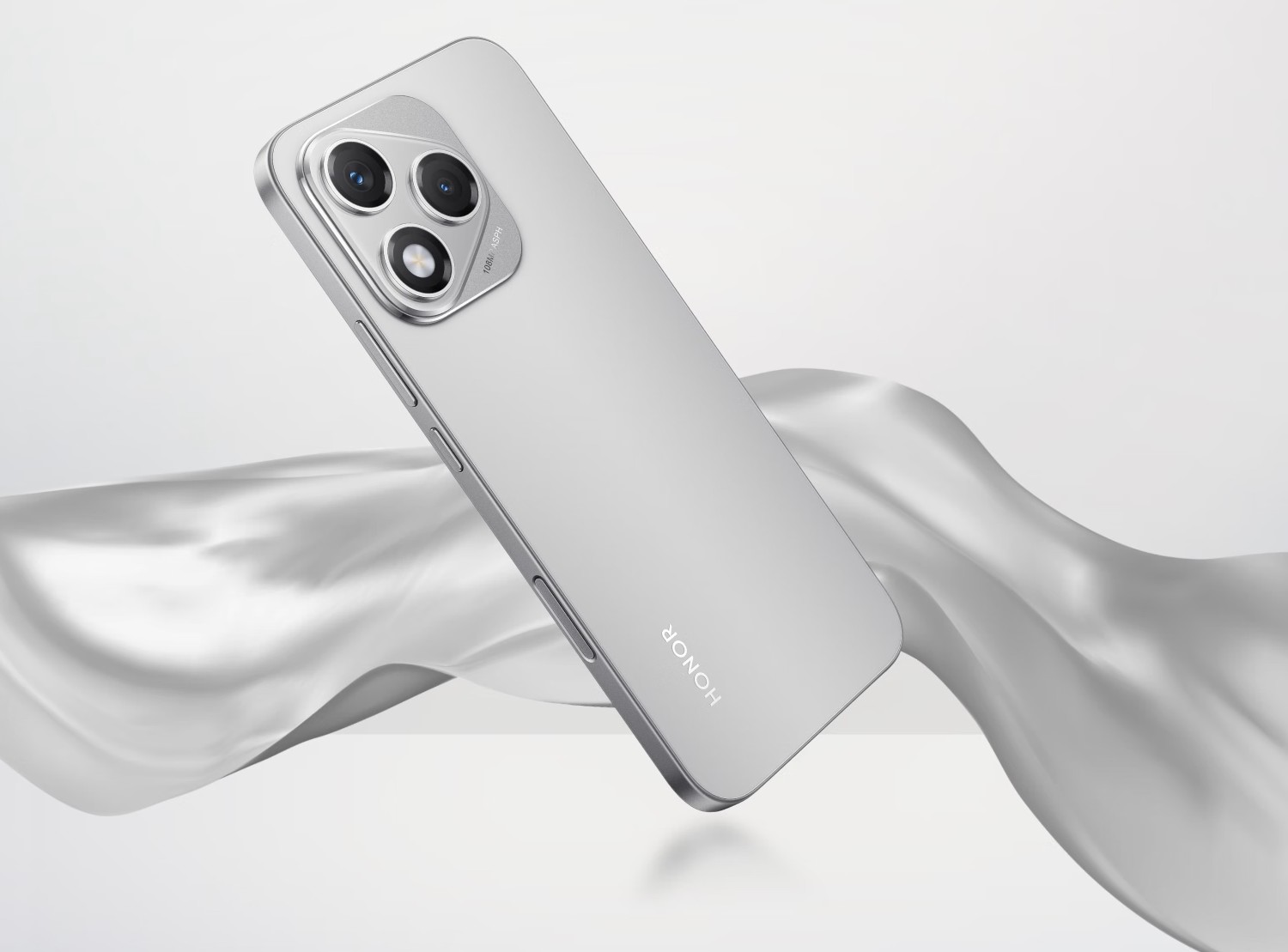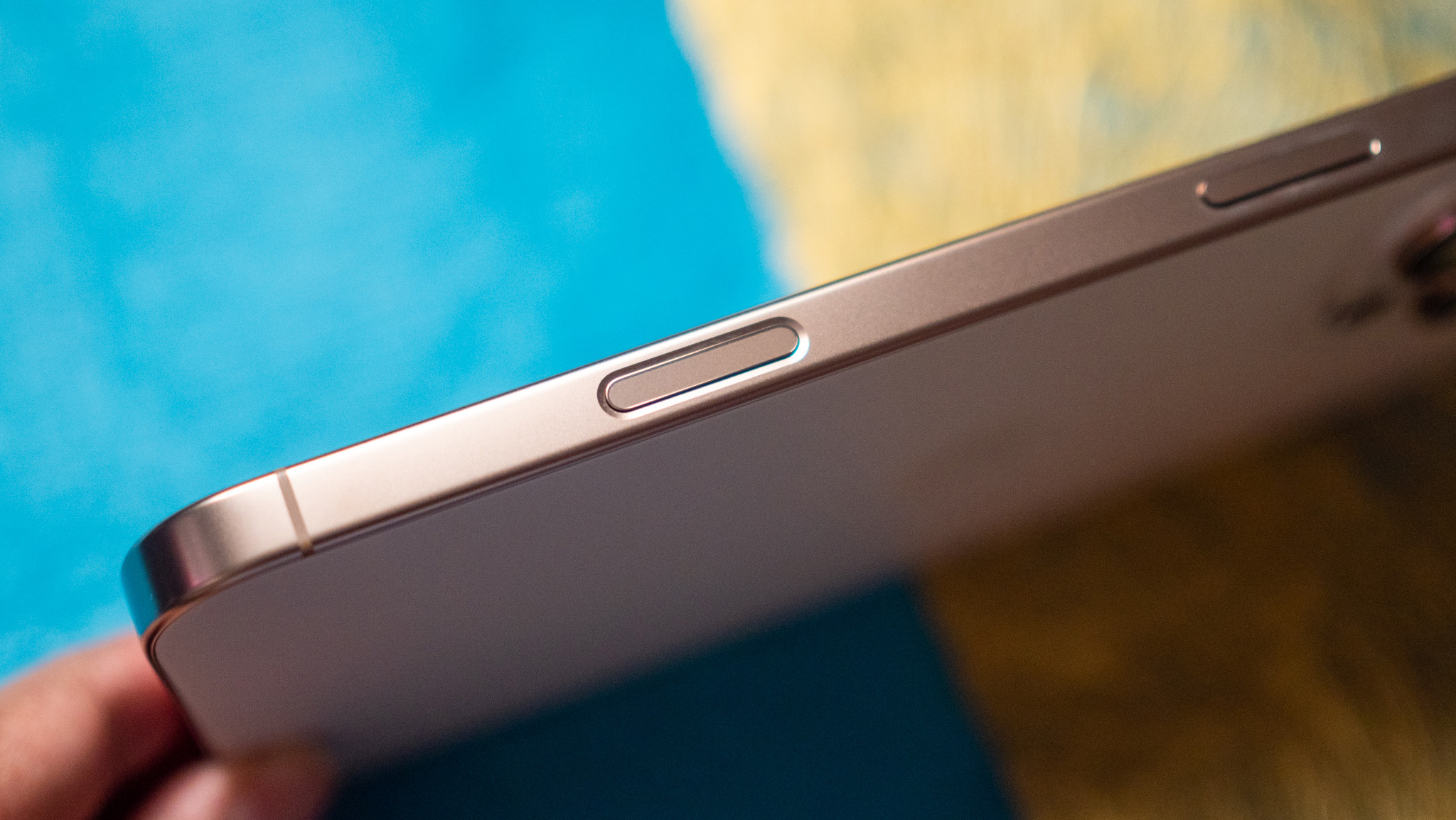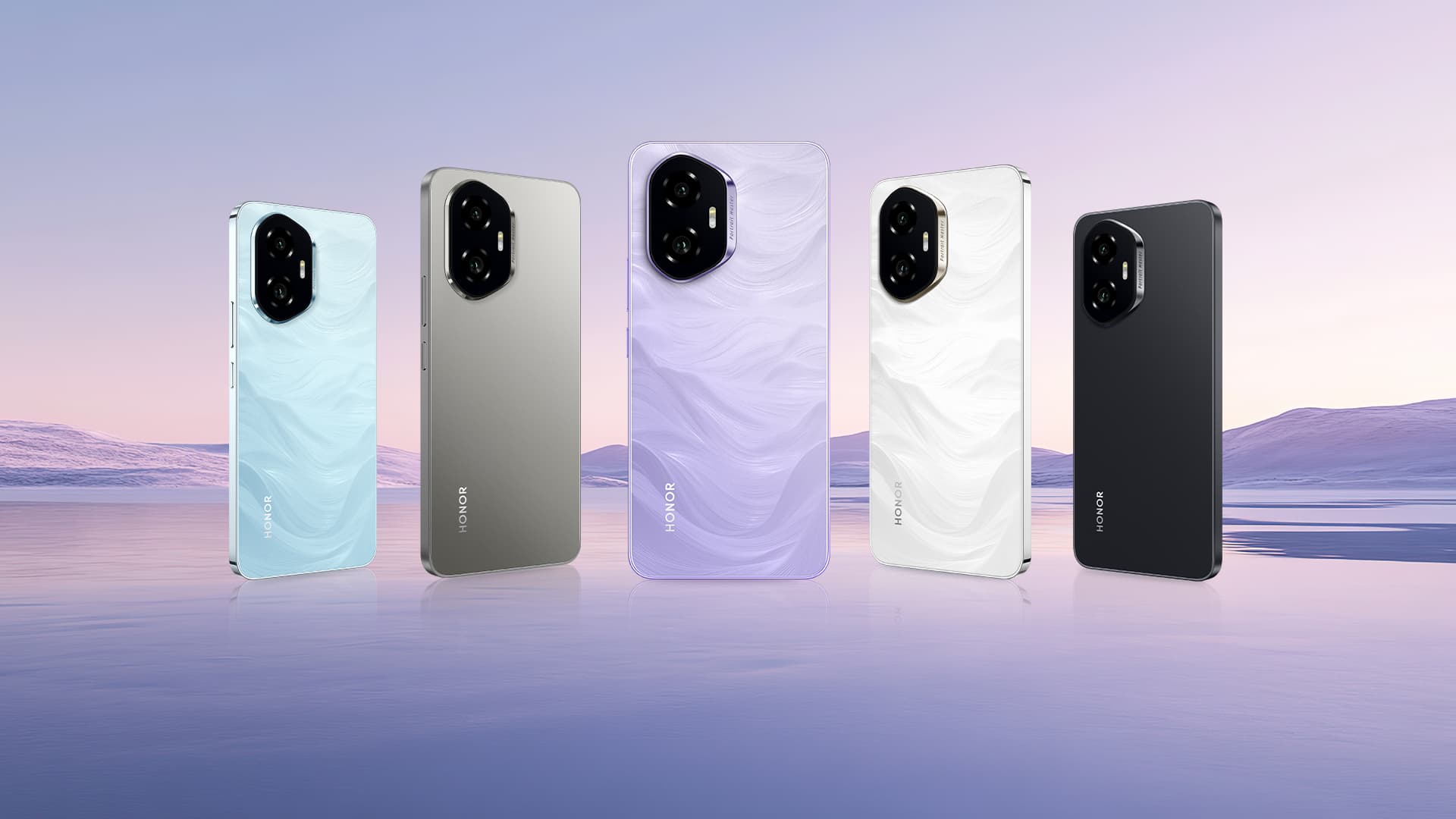Honor launched the 400 Lite 5G in a few markets already, and it’s arriving in the U.K. and Europe next week. When it does, buyers will soon realize that the Honor 400 Lite 5G is an attempt at creating a carbon copy of the iPhone 16 Pro at a fraction of the price, down to the dedicated camera button and unmistakable rear camera housing.
While certain Android phones try to copy the iPhone all the time, this is arguably the most egregious example we’ve ever seen.
The idea companies of “copying” or “stealing” designs or features isn’t always a problem. If brands notice what is working for their competitors, borrowing what works and ditching what doesn’t, the entire market grows.
For instance, multiple Android brands upped their software support guarantee after Google’s seven-year promise debuted. Samsung and OnePlus borrowed Apple’s titanium frame idea for some of their handsets. In the end, it’s a good thing. Now, people have phones that will run newer Android versions longer and are made out of strong and light materials.
It’s not like Apple doesn’t steal features from Android phones, either — Live Voicemail in iOS is a direct ripoff of Pixel’s Call Screen, and Offline Maps just came to iOS recently despite being available on Android since 2012.
With that being said, it’s hard not to look at the design of the Honor Magic 400 Lite 5G and cringe. There’s something about this particular iPhone lookalike that feels shameless, and it has me wondering why Android brands don’t try to find their own identity.

There are a few things about the Honor 400 Lite 5G that feel particularly corny, but the biggest one is the rear camera housing. It has an almost-identical shape to the one you’ll find on the iPhone 16 Pro and Pro Max, minus Honor’s triangular accents. Aside from the fact that the cameras are clearly positioned to mimic the iPhone camera layout, the real problem here is the 400 Lite 5G’s flash.
That’s right — if you look closely, the Honor 400 Lite 5G is using a dual-camera system. It appears to be intended to look like a triple-camera layout from afar, just like the iPhone 16 Pro. But in reality the third “lens” is just the flash. It’s hard to think of a reason to design the flash in this way unless the goal was to make the 400 Lite 5G look more premium than it actually is.
Then, there’s the camera button, which is an obvious Camera Control ripoff. On its own, Honor borrowing the Camera Control button isn’t a horrible move. Like the Action button, the Camera Control button is one iPhone feature I think more Android phones should copy.

It’s the way Honor implemented the dedicated camera button that makes the 400 Lite 5G feel like a cheap knockoff. The button appears to be placed in the exact same place as the iPhone 16 Pro equivalent, and is similarly recessed. This is all true despite the fact that iPhone 16 Pro users — including myself — seem to agree that the Camera Control button is poorly placed. Honor could’ve improved on this button, and instead it merely copied it.
It doesn’t help that Honor is calling the AI Camera Button “innovative” and “unique” in its press release, which sounds borderline insulting to potential buyers who know they’ve seen this exact thing before on the iPhone. Even the incorporation of AI and Google Lens matches up with Visual Intelligence on an iPhone 16 Pro.
Android Central reached out to both Honor and Apple for comment but did not immediately hear back. We will update this article with more information.
Honor’s 400 Lite 5G takes a step backward
Put simply, this is a regression for the Honor 400 Lite 5G. The overall design, camera arrangement, Dynamic Island-like camera cutout, and AI Camera Button all feel shamelessly inspired by the iPhone 16 Pro.
The new design of the Honor 400 Lite 5G is worse when you consider what we lost — a unique design of Honor budget and midrange phones. Compared to both the Honor 300 series and the Honor 200 Lite that this phone replaces, I much prefer the older models.

Instead, we have yet another iPhone lookalike. While I commend Honor for being the first Android manufacturer to incorporate a Camera Control-esque button on their smartphone, it should’ve done so without sacrificing its uniqueness.



 Viesearch - The Human-curated Search Engine
Blogarama - Blog Directory
Web Directory gma
Directory Master
http://tech.ellysdirectory.com
Viesearch - The Human-curated Search Engine
Blogarama - Blog Directory
Web Directory gma
Directory Master
http://tech.ellysdirectory.com